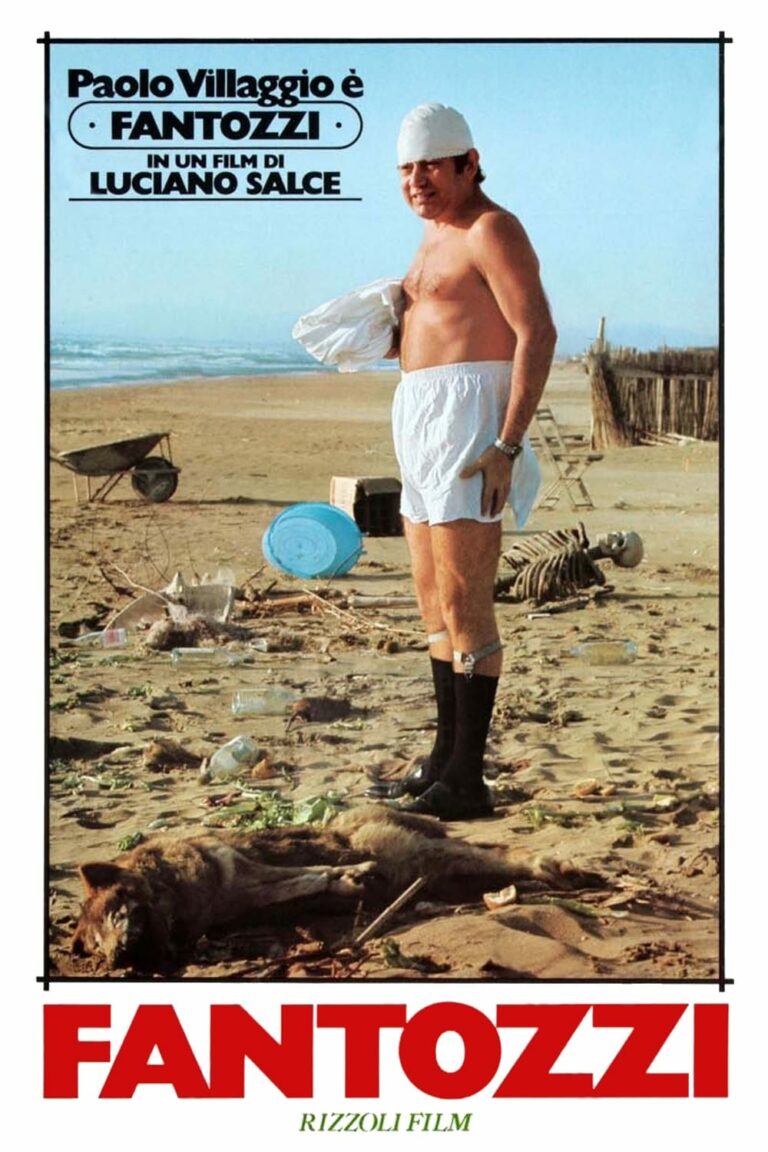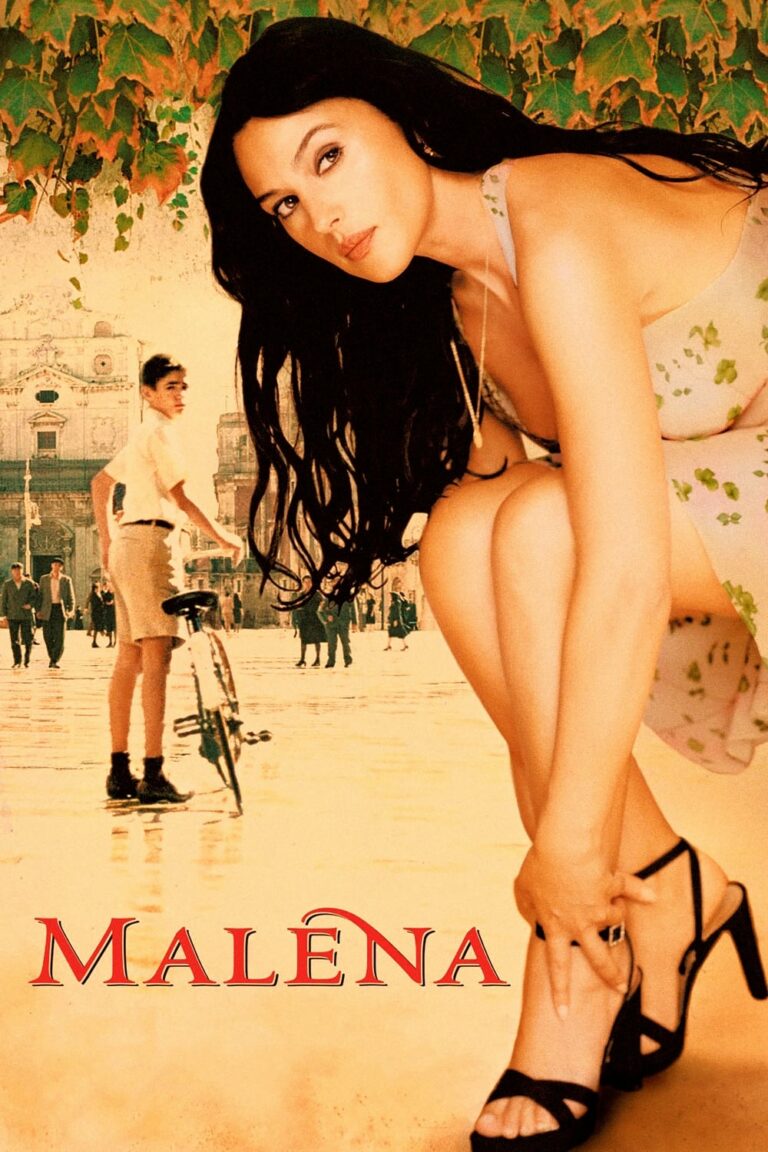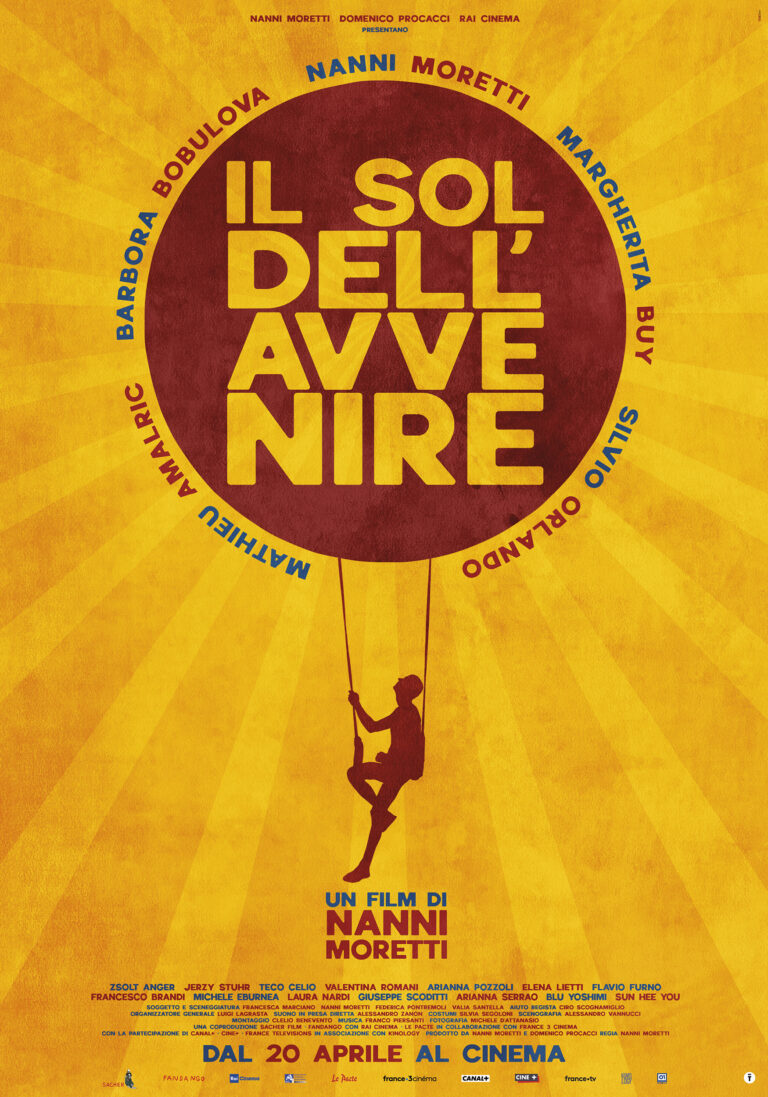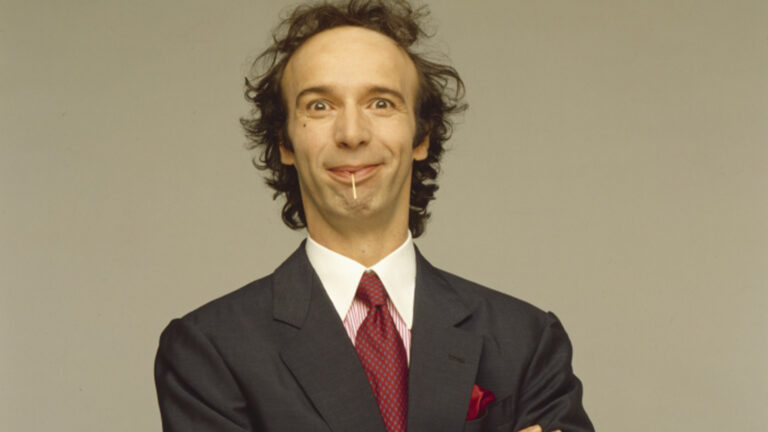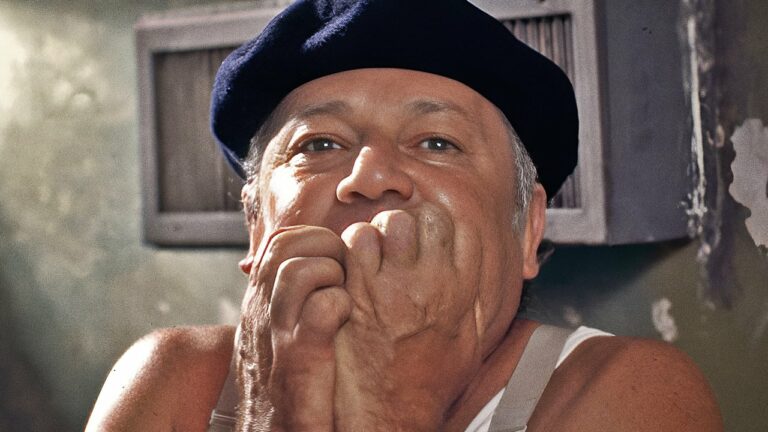Federico Fellini’s Satyricon (1969) is not just a film—it is a bold, fragmented odyssey through the grotesque, mythical, and decadent world of Ancient Rome. Loosely inspired by the fragmented text of Petronius’ Satyricon, the film defies traditional storytelling, instead presenting a series of vignettes that immerse the viewer in a dreamlike landscape of human excess, moral ambiguity, and surrealistic wonder. As one of Fellini’s most daring and controversial works, Fellini Satyricon challenges audiences to confront the absurdity and beauty of human existence in a way that only Fellini could achieve.
The Story and Structure
Unlike traditional narratives, Fellini Satyricon embraces the episodic and fragmented nature of its source material. Petronius’ Satyricon survives only in pieces, and Fellini uses this incomplete text as an artistic foundation to create a film that feels like a series of fever dreams.
The story follows the misadventures of Encolpius (Martin Potter) and Ascyltus (Hiram Keller), two former lovers who navigate a world filled with bizarre characters and events. Their journey includes Encolpius’ obsession with the boy Giton (Max Born), encounters with eccentric aristocrats, dangerous pirates, and mythical creatures. Each episode unfolds with little regard for linearity, mirroring the chaotic and disjointed nature of life itself.
This narrative fragmentation allows Fellini to explore themes of decadence, sexuality, and power without the constraints of a conventional plot. The result is a film that feels more like a series of evocative tableaux than a cohesive story.
Fellini’s Vision and Style
Fellini Satyricon marks a departure from the director’s earlier, more grounded works like La Dolce Vita and 8½. Here, Fellini abandons realism entirely, diving headfirst into a world of surrealism and myth. The film’s aesthetic is otherworldly, with vibrant colors, exaggerated costumes, and elaborate sets that evoke a distorted version of Ancient Rome. The characters, too, are larger than life—grotesque, enigmatic, and symbolic.
Fellini’s approach to Satyricon was deeply personal. He described the film as a journey through a “science fiction past,” an ancient world so removed from modern sensibilities that it feels alien. By rejecting historical accuracy in favor of artistic interpretation, Fellini creates a world that is both timeless and unrecognizably ancient—a place where human desires and fears are laid bare in their most primal forms.
Themes of Decadence and Alienation
At its core, Fellini Satyricon is a meditation on the excesses and alienation of a society in decline. Ancient Rome, as depicted by Fellini, is a world of unbridled hedonism and moral decay. The film’s characters pursue pleasure and power with little regard for consequence, yet their lives are marked by a profound sense of emptiness and disconnection.
Sexuality is a central theme in the film, explored in all its complexity and ambiguity. The relationships between Encolpius, Ascyltus, and Giton reflect the fluid and often exploitative nature of human desire. Fellini’s portrayal of sexuality is neither celebratory nor condemnatory—it is simply a raw, unfiltered depiction of human behavior.
At the same time, the film grapples with themes of power and survival. Many of the characters, including Encolpius and Ascyltus, are driven by a desire for dominance, whether it be over others, their own circumstances, or even their fates. Yet, this pursuit often leads to their downfall, underscoring the futility of power in a chaotic and unpredictable world.
Visual and Cinematic Brilliance
The visual style of Fellini Satyricon is one of its most defining features. Cinematographer Giuseppe Rotunno captures the film’s surrealistic vision with a masterful use of lighting, color, and framing. Each scene is meticulously crafted to evoke a sense of otherworldly beauty and grotesque absurdity.
The set design, by Danilo Donati, deserves special mention. From opulent banquets to decrepit ruins, the sets immerse the viewer in a world that feels both grand and decayed. Costumes, too, play a crucial role in defining the film’s aesthetic. Characters are adorned in elaborate, often outlandish attire that reflects their status, personality, or role within the story.
The film’s use of sound further enhances its dreamlike quality. Nino Rota’s score, combined with ambient noise and surreal sound effects, creates an auditory landscape that is as disorienting and immersive as the visuals.
Controversy and Reception
When Fellini Satyricon premiered in 1969, it was met with polarized reactions. Some critics hailed it as a masterpiece, praising its audacity and artistic vision. Others dismissed it as self-indulgent and incomprehensible. Over time, however, the film has gained recognition as one of Fellini’s most innovative works.
Audiences, too, were divided. The film’s explicit sexual content, grotesque imagery, and non-linear structure challenged conventional expectations of cinema. Yet, for those willing to engage with its unconventional approach, Fellini Satyricon offered a rich and rewarding experience.
Legacy and Influence
More than five decades after its release, Fellini Satyricon remains a landmark in the history of cinema. Its influence can be seen in the works of filmmakers like Terry Gilliam, Peter Greenaway, and Lars von Trier, who have drawn inspiration from Fellini’s bold storytelling and surrealistic style.
The film’s themes of decadence and alienation continue to resonate, offering a cautionary tale about the consequences of excess and the search for meaning in a fragmented world. At the same time, its celebration of art and imagination reminds us of the power of cinema to transcend boundaries and challenge perceptions.
Conclusion
Fellini Satyricon is not a film for the faint of heart. It demands patience, curiosity, and a willingness to embrace the strange and unfamiliar. Yet, for those who venture into Fellini’s surreal vision of Ancient Rome, the rewards are immense. The film is a feast for the senses and the intellect, a work of art that defies categorization and invites endless interpretation.
Federico Fellini once said, “All art is autobiographical.” In Satyricon, we see not just a portrait of Ancient Rome, but a reflection of Fellini’s own imagination—a world where dreams and reality blur, and the human condition is laid bare in all its beauty and absurdity.
